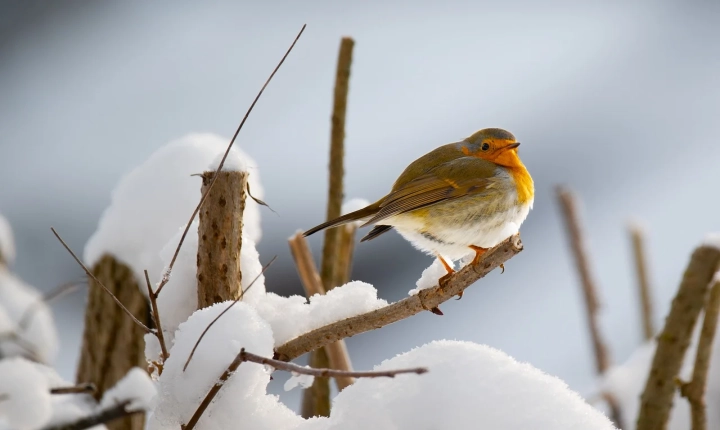AI Artwork Copyright: Understanding the Legal Landscape
The advancement of AI technology has not only revolutionized various industries but has also raised several legal and ethical questions, particularly in the context of copyrighted artwork produced by artificial intelligence. With AI algorithms now capable of creating original pieces of art, the question of who owns the copyright to these creations has become increasingly pertinent.
The concept of copyright law aims to protect the rights of creators and ensure that they are appropriately rewarded for their original work. Traditionally, copyright laws have focused on protecting the works of individuals or groups of individuals who have invested creativity, effort, and skill into producing original art. However, with the emergence of AI-generated art, the question arises as to whether the AI or its human creators should be granted copyright protection for the artwork.
One school of thought argues that AI-generated art should be entitled to copyright protection, considering the extensive programming and training done by human creators to enable the AI to produce unique and original art. Proponents of this argument assert that the process of developing the AI algorithm, selecting input data, and refining the output involves considerable creative input from its human creators, and therefore the resulting artwork should be considered a product of human endeavor.
On the other hand, critics of granting copyright to AI-generated art contend that the absence of human creativity in the traditional sense raises doubts about the eligibility of AI-generated works for copyright protection. They argue that since AI lacks consciousness, emotions, and original creative thought, its output cannot be considered a product of intellectual authorship and is therefore ineligible for copyright protection.
In response to these debates, some countries have started to address the issue through legislative and judicial means. For instance, the United States Copyright Office has indicated that copyright protection is only applicable to “human authorship,” implying that AI-generated artworks are not eligible for copyright protection under current legislation. In contrast, the European Union has taken a different approach, recognizing AI-generated works as potentially eligible for copyright protection, provided that they reflect the creator’s personality and are the result of a creative process.
Furthermore, some legal experts advocate for the establishment of a new legal framework that is specifically tailored to address the copyright issues surrounding AI-generated artwork. This approach would involve developing regulations that strike a balance between protecting the interests of human creators and acknowledging the unique nature of AI-generated art.
In conclusion, the question of whether AI-generated artwork is eligible for copyright protection is a complex and evolving issue that spans legal, ethical, and philosophical dimensions. As AI technology continues to advance, it is crucial for lawmakers and legal experts to carefully consider the implications and ramifications of granting copyright to AI-generated art. Ultimately, striking a fair and balanced approach that respects the contributions of human creators while acknowledging the unique characteristics of AI-generated art will be essential in shaping the legal landscape surrounding this emerging form of art.
